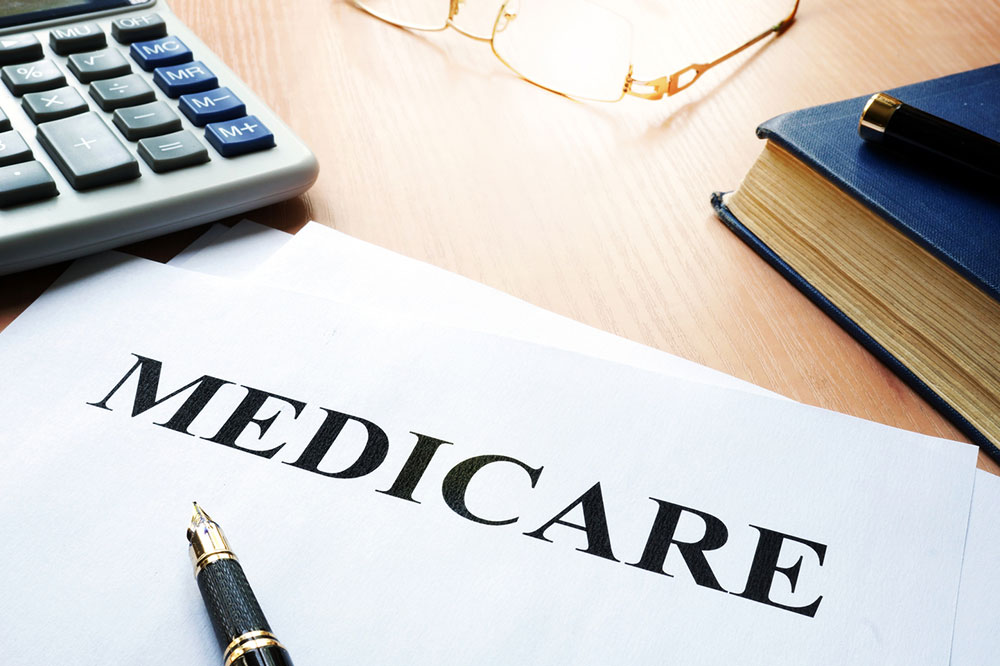Comprehensive Guide to Medicare and Medicaid: Essential FAQs Explained
This comprehensive article explains Medicare and Medicaid, two critical health insurance programs in the U.S., detailing their eligibility, benefits, and differences. It offers essential insights for understanding how these programs support vulnerable populations with vital healthcare coverage. Perfect for those planning their healthcare options or supporting loved ones, this guide clarifies complex eligibility criteria and program components, ensuring you are well-informed about accessing government-funded healthcare assistance. Stay updated and make smarter healthcare decisions with this in-depth overview.

Comprehensive Guide to Medicare and Medicaid: Essential FAQs Explained
Health insurance plays a vital role in helping individuals manage the often overwhelming costs associated with medical and surgical treatments. In the United States, two primary government-backed programs—Medicare and Medicaid—serve millions of Americans, offering critical financial protection and healthcare access. This detailed guide aims to answer the most frequently asked questions about these programs, helping you understand their differences, eligibility requirements, benefits, and how they function to support various populations.
Understanding how Medicare and Medicaid work is essential for anyone seeking health coverage options, whether you're approaching retirement age, caring for a loved one, or simply exploring various healthcare benefits. By the end of this article, you'll have a comprehensive understanding of the key features, eligibility criteria, and benefits of these programs, empowering you to make informed decisions about your healthcare options.
Health insurance is vital for covering the costs of medical services, hospital stays, prescriptions, and preventive care.
Government programs like Medicare and Medicaid are designed to provide healthcare coverage primarily to seniors, low-income individuals, and disabled populations.
In the United States, approximately 65% of individuals under 65 with private coverage rely on employer-sponsored insurance, whereas millions depend on public programs for their healthcare needs.
How can individuals qualify and enroll in health insurance plans?
Health insurance options vary widely, and individuals can select from private plans available in the commercial market or through government programs.
In the U.S., many secure health coverage through employer-sponsored plans, which often form part of employee benefits packages.
For those unable to afford private insurance, government-funded programs like Medicaid and Medicare offer vital coverage.
Eligibility is determined based on income, age, employment status, and health conditions, among other factors.
Enrollment processes differ between private plans and public programs, often requiring documentation of income, residency, and other eligibility criteria.
Medicaid and Medicare are essential components of the U.S. healthcare system, providing health services to vulnerable populations and ensuring access to necessary medical care.
What is Medicaid?
Medicaid is the largest public health insurance program in the United States, primarily serving low-income individuals and families.
The program is jointly funded by the federal government and individual state governments, with each state managing its own Medicaid program within federal guidelines.
Medicaid provides comprehensive medical services, including hospital and doctor visits, nursing home care, immunizations, and preventive services.
As of 2017, Medicaid covered about 74 million Americans, including children, pregnant women, elderly individuals, and people with disabilities.
In addition to basic health coverage, Medicaid offers services like personal care, home health services, and mental health support, which are crucial for vulnerable populations.
Who qualifies for Medicaid?
Eligibility criteria are primarily based on income and assets, with specific standards varying by state.
Medicaid typically covers pregnant women, children, unemployed parents, and low-income seniors or disabled individuals.
In many cases, families transitioning back to employment retain Medicaid coverage for a limited period to help ease the transition.
Inflation, economic shifts, and policy changes continually influence the scope and eligibility standards of Medicaid.
What is Medicare?
Medicare is a federally funded health insurance program established in 1966 to serve Americans aged 65 and older and specific disabled populations.
The program is administered by the Centers for Medicare & Medicaid Services (CMS).
Funding sources include payroll taxes, premiums paid by beneficiaries, and federal budget appropriations.
Medicare aims to provide affordable, comprehensive health coverage to seniors to support their healthcare needs during retirement.
Who is eligible for Medicare?
Individuals aged 65 and older who have paid into the Social Security system through payroll taxes are automatically eligible.
Persons under 65 with specific disabilities or end-stage renal disease (ESRD) requiring dialysis or kidney transplants also qualify.
Eligibility may also depend on residency status and whether an individual has contributed sufficiently to Medicare taxes over their working years.
What are the main parts of Medicare and what do they offer?
Part A: Hospital Insurance covers inpatient hospital stays, skilled nursing facility care, hospice services, and some home health care. It helps cover the costs associated with hospital visits and stays.
Part B: Medical Insurance provides outpatient services, including doctor visits, preventive services like vaccinations, outpatient surgeries, mental health services, and medical supplies.
Part C: Medicare Advantage Plans are private insurance plans approved by Medicare. They combine Part A and Part B benefits and often include additional coverage such as dental, vision, and hearing, along with prescription drug coverage through Part D.
Part D: Prescription Drug Coverage offers assistance with medication costs, helping beneficiaries afford essential prescribed drugs.
In conclusion, understanding Medicare and Medicaid is crucial for navigating healthcare coverage options in the United States. These programs serve millions, providing essential health services, financial protection, and support to vulnerable populations. Being aware of eligibility, benefits, and coverage details can help individuals access the care they need and make informed healthcare choices.





